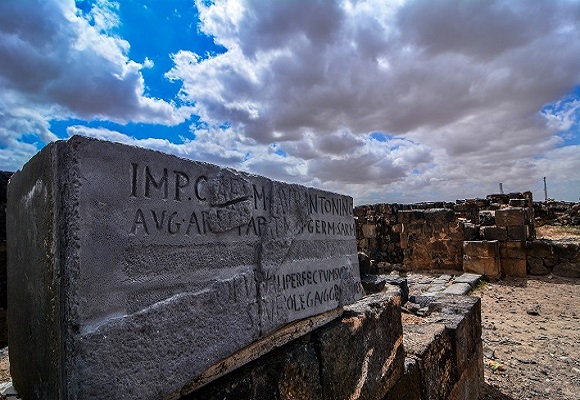Umm al Jimal
Umm al Jimal is considered an Arabian Oasis for the desert caravans. It is eighty six kilometers away from the capital, Amman, and it is well known as "the Black Oasis", as it contains a large number of black volcanic rocks. History of this city goes back to the Romanian Byzantine Age. It was built in an ancient Nabataean settlement using black basalt blocks supported with similar rectangular blocks.
This amazing city contains too many basins for public or private use. The antiques of the Byzantium churches in Umm al Jimal include an ancient mosaic representing the Jordan River with the cities and villages mentioned in the Holy Book. Near Umm al Jimal, there is a residue of a Byzantium settlement in Umm El Rasas with a 15-meter tower on its upper end, used by the Monks for solitude. Historically, Umm al Jimal was famous as the link to the roads of Palestine and Jordan with those of Syria and Iraq.


